Siena and Assisi – Burt Wolfe Presentation
Siena and Assisi
Burt Wolfe Presentation
*
Siena in English (sometimes spelled Sienna) is a city in Tuscany, Italy. It is the capital of the province of Siena.
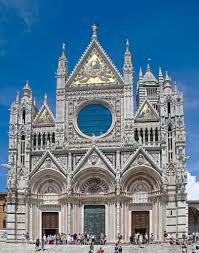
The historic centre of Siena has been declared by UNESCO a World Heritage Site. It is one of the nation’s most visited tourist attractions, with over 163,000 international arrivals in 2008.
Siena is famous for its cuisine, art, museums, medieval cityscape and the Palio, a horse race held twice a year.
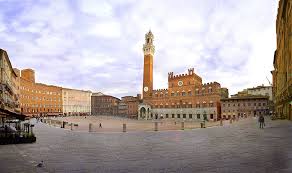
Siena, like other Tuscan hill towns, was first settled in the time of the Etruscans (c. 900–400 BC) when it was inhabited by a tribe called the Saina.
Siena & Assisi
More Interesting Facts
The Etruscans changed the face of central Italy through their use of irrigation to reclaim previously unfarmable land, and their custom of building their settlements in well-defended hill forts.
The Romans took control of central Italy by the Battle of Sentinum in 295 BC. They built the flourishing municipium Asisium on a series of terraces on Monte Subasio. Roman remains can still be found in Assisi: city walls, the forum (now Piazza del Comune), a theatre, an amphitheatre and the Temple of Minerva (now transformed into the Church of Santa Maria sopra Minerva).
In 1997, the remains of a Roman villa were also discovered containing several well preserved rooms with frescoes and mosaics in a condition rarely found outside sites such as Pompei.
Assisi is a town and comune of Italy in the province of Perugia in the Umbria region, on the western flank of Monte Subasio.
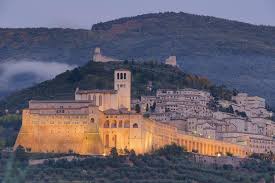
It was the birthplace of St. Francis, who founded the Franciscan religious order in the town in 1208.
Assisi is a town and comune of Italy in the Province of Perugia in the Umbria region, on the western flank of Monte Subasio.
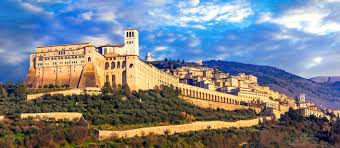
It is generally regarded as the birthplace of the Latin poet Propertius, born around 50–45 BC. It is the birthplace of St. Francis, who founded the Franciscan religious order in the town in 1208, and St. Clare (Chiara d’Offreducci), the founder of the Poor Sisters, which later became the Order of Poor Clares after her death. The 19th-century Saint Gabriel of Our Lady of Sorrows was also born in Assisi.
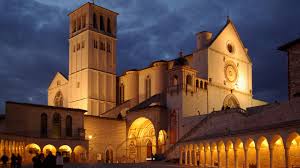
*
Fascinating Video Below
Everybody Loves Italian
From Wikipedia

